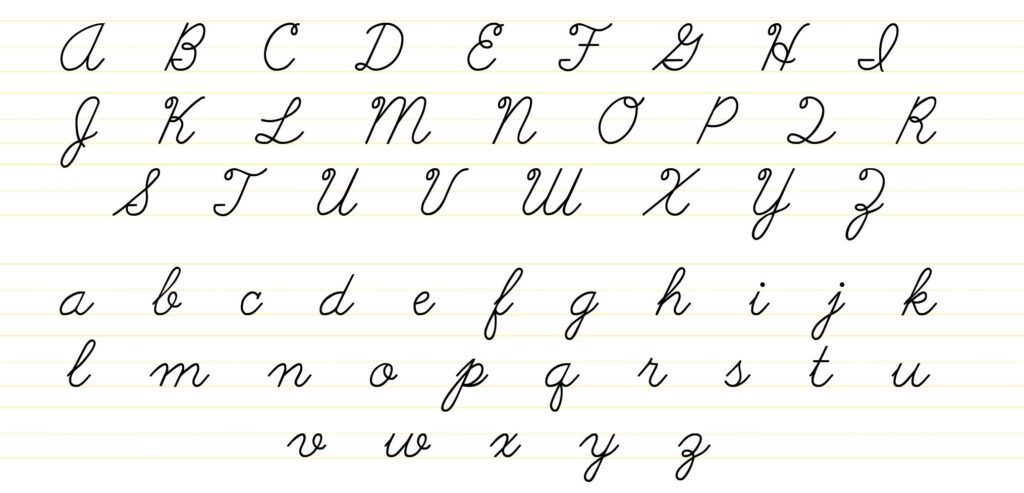Learning the alphabet is a foundational step towards learning a new language and is a key aspect of literacy and communication. Knowing the alphabet of a language is an essential building block for learning to read and write in that language. It forms the basis for learning how to spell words, and it helps with pronunciation. The alphabet also serves as a means of communication and allows you to understand the sounds and symbols that make up the words in a language.
In addition, knowing the alphabet of a language can also provide insight into the culture and history of the people who use that language. For example, the alphabet used in a language can tell you something about the origins and influences of that language, as well as its development over time.
Learning the alphabet can be a fun and challenging experience that can improve cognitive skills, such as memory and attention to detail. It can also help with language acquisition and increase overall language proficiency.

We should learn Alphabet for several reasons like
- Foundation for reading and writing: The alphabet forms the basis of reading and writing in any language, as it provides the building blocks for words and sentences. Knowing the alphabet helps to decode written text, which is an essential skill for reading and writing.
- Improved pronunciation: Knowing the alphabet helps with proper pronunciation of words, as it provides the starting point for learning the sounds associated with each letter. This is especially important for learning a new language, as proper pronunciation is key to effective communication.
- Improved vocabulary: Once you know the alphabet, you can begin to learn new words, which will expand your vocabulary. This, in turn, will allow you to communicate more effectively in the language.
- Cultural understanding: Knowing the alphabet of a language can also give you insight into the culture and history of the people who use that language. Different alphabets have evolved over time, and each one has its own unique story and history.
History of English Alphabet
The English alphabet has a long and complex history, tracing its origins back to the ancient Phoenician script. The Phoenician alphabet consisted of 22 letters, which were used to write the Phoenician language.
Over time, the Phoenician alphabet was adopted and adapted by other civilizations, including the Greeks and the Romans. The Greeks added vowels to the Phoenician script, creating the first true alphabet, while the Romans added several new letters, including the letters “W” and “Y”.
After the fall of the Roman Empire, the Latin alphabet was adopted by various Germanic tribes, including the Angles and the Saxons, who used it to write Old English. The Old English alphabet consisted of 24 letters, and many of these letters had different shapes and forms than the letters used in the modern English alphabet.
During the Middle Ages, the Latin alphabet was adapted to write several other languages, including French, Spanish, and Italian. In each of these languages, the alphabet underwent further changes and adaptations, including the addition of new letters and the modification of existing letters.
By the 15th century, the modern English alphabet had taken its current form, consisting of 26 letters. The current English alphabet includes both letters borrowed from the Latin alphabet and letters unique to the English language, such as the letters “J,” “U,” and “W”.
It’s worth noting that over the centuries, the English alphabet has undergone various changes and developments, with some letters being added and others being dropped. However, the modern English alphabet has remained relatively stable, and it continues to be the primary script used for writing the English language.
English Alphabet Letters (Type & Hand Writing)
Capital Letters (Type Letters)
Small Letters (Type Letters)
Cursive Capital Letters (Hand Writing)
Cursive Small letters (Hand Writing)



